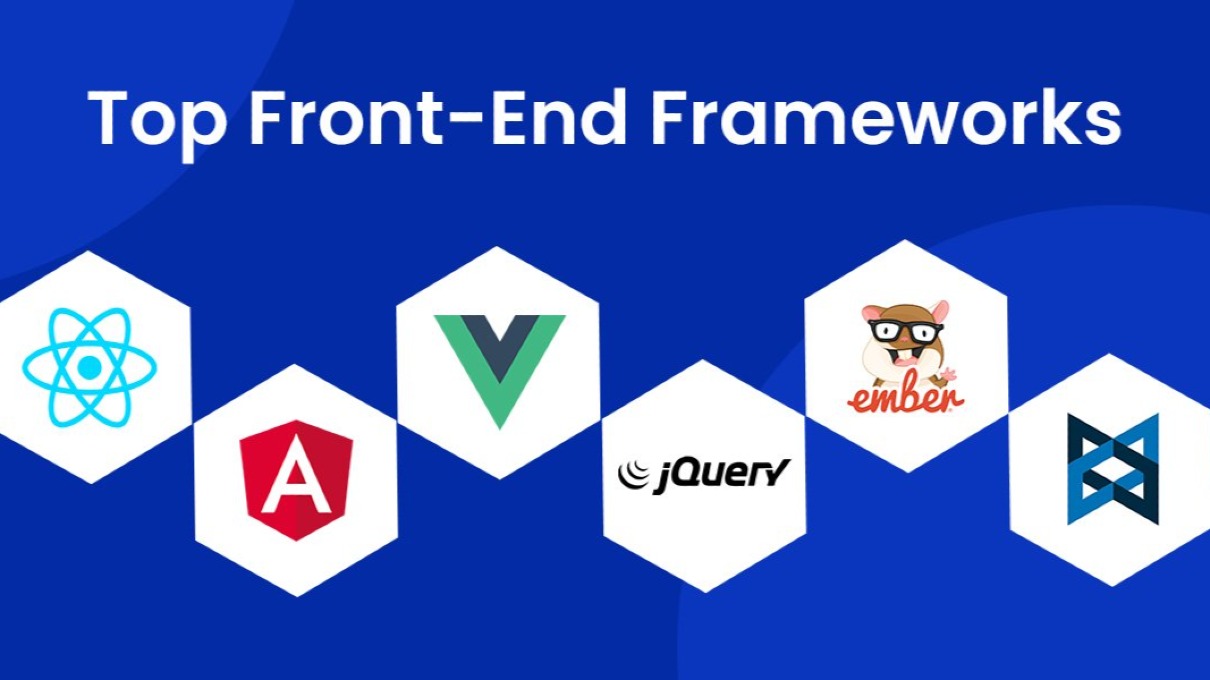Have you ever marveled at how websites and apps deliver sleek, interactive experiences? From seamless navigation to dynamic content updates, much of the magic happens thanks to frontend frameworks. These tools provide developers with a structured and efficient way to build modern user interfaces, enabling faster development and better performance.
In this guide, we’ll explore what frontend frameworks are, how they work, and why they’re crucial to powering the modern web.
What Is a Frontend Framework?
A frontend framework is a pre-built collection of libraries, tools, and patterns designed to simplify the process of creating user interfaces (UIs) for web applications.
Instead of writing every feature from scratch, developers can rely on frameworks to provide foundational tools like:
- Pre-Built Components: Buttons, forms, modals, and more.
- Routing Systems: For navigating between pages.
- State Management: To handle dynamic content updates.
By streamlining these tasks, frontend frameworks make development faster, more scalable, and less error-prone.
How Do Frontend Frameworks Work?
Frontend frameworks rely on a set of key principles and technologies to make web applications efficient and user-friendly:
1. Component-Based Architecture
Frontend frameworks encourage breaking down complex UIs into reusable components. Each component encapsulates its own:
- HTML: The structure of the UI.
- CSS: The styles and visual design.
- JavaScript: The behavior and logic.
For example, a search bar or a navigation menu can be developed as independent components and reused across multiple pages or applications.
2. Virtual DOM
The virtual DOM (Document Object Model) is a lightweight representation of the real DOM.
- When an application’s state changes, the framework updates the virtual DOM instead of directly modifying the actual DOM.
- The framework then compares the virtual DOM with the real DOM and synchronizes only the necessary changes.
This approach minimizes expensive DOM manipulations, resulting in faster updates and smoother user experiences.
3. State Management
Managing an application’s state—data shared between components—is critical for complex applications.
- Frameworks offer tools to manage state consistently, ensuring that changes are automatically reflected wherever they’re needed.
- For example, updating a shopping cart’s contents updates the UI in real time.
4. Routing
Routing allows developers to create Single-Page Applications (SPAs), where content updates dynamically without reloading the entire page.
Frontend frameworks provide built-in routing systems that:
- Map URLs to specific components or views.
- Enable smooth navigation and faster load times.
Popular Frontend Frameworks
Several frameworks dominate the web development landscape, each with its own strengths:
1. React
- Developed by: Facebook.
- Key Features:
- Component-based architecture.
- Virtual DOM for high performance.
- Flexibility to integrate with other libraries.
- Best For: Scalable and customizable web apps, such as social platforms or e-commerce sites.
2. Vue.js
- Key Features:
- Progressive framework that’s easy for beginners to pick up.
- Combines the best of React and Angular.
- Flexibility for both small projects and large-scale applications.
- Best For: Projects requiring fast prototyping and gradual adoption.
3. Angular
- Developed by: Google.
- Key Features:
- Full-fledged framework with everything needed for large-scale apps.
- Dependency injection for cleaner code.
- Strong CLI (Command-Line Interface) for streamlining development.
- Best For: Enterprise-grade applications and complex projects.
The Future of Frontend Development
As web applications grow in sophistication, frontend frameworks will continue to evolve. Emerging trends include:
1. Performance Optimization
Frameworks are increasingly focused on reducing loading times and improving interactivity, especially on mobile devices.
2. Server-Side Rendering (SSR) and Static-Site Generation (SSG)
Modern frameworks like Next.js and Nuxt.js combine client-side rendering with server-side rendering for better performance and SEO.
3. AI-Powered Development
AI is being integrated into frameworks to automate tasks like code generation, UI testing, and performance analysis.
Why Frontend Frameworks Are Essential
Frontend frameworks empower developers to:
- Work Faster: By leveraging pre-built tools and components.
- Build Better Experiences: With optimized performance and dynamic interactivity.
- Stay Scalable: With reusable architecture that adapts to growth.
From dynamic dashboards to interactive e-commerce sites, frontend frameworks are the backbone of the modern web.
Conclusion
Next time you navigate a dynamic, responsive website, remember the unsung heroes: frontend frameworks. Tools like React, Vue.js, and Angular enable developers to build feature-rich, user-friendly applications that make the web more engaging.
Understanding how these frameworks work is essential for any developer aiming to create high-quality web applications. As technology evolves, these tools will only grow in power and importance, shaping the future of digital experiences.



